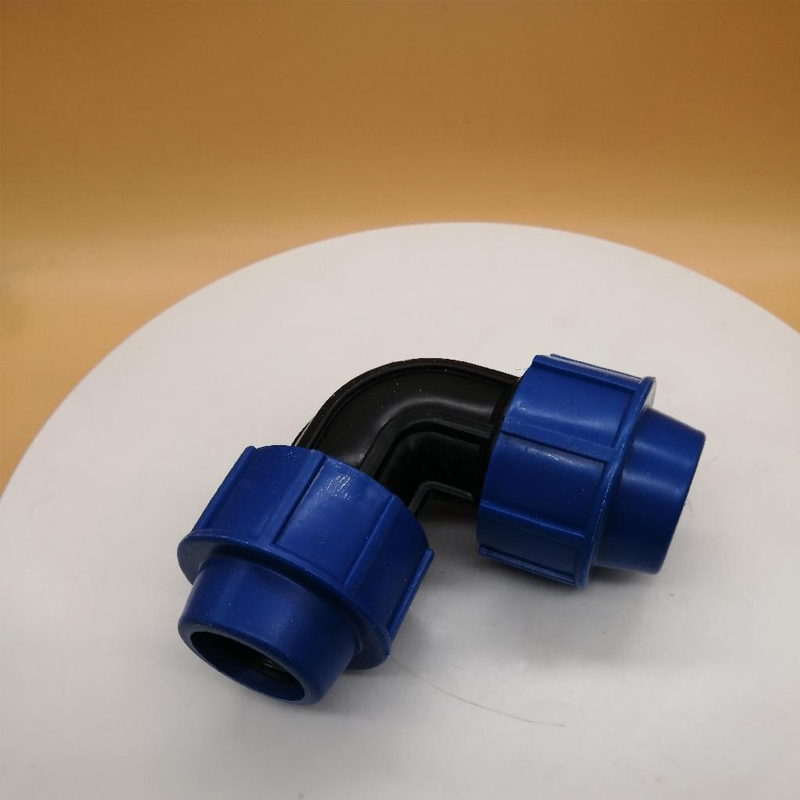Jul . 23, 2024 14:35 Back to list
High Quality PPR Pipes for Hot Water Applications with Exceptional Durability and Performance Solutions
Hot Water PPR Pipe An Essential Component for Modern Plumbing
In recent years, the construction and plumbing industries have seen a marked shift towards innovative materials that enhance durability, efficiency, and sustainability. Among these materials, PPR (Polypropylene Random Copolymer) pipes have emerged as a popular choice for transporting hot water. Known for their resilience and performance, PPR pipes are revolutionizing how we approach plumbing systems.
PPR pipes are specially engineered to handle high temperatures, making them an excellent option for hot water transportation. They boast a temperature resistance of up to 95 degrees Celsius (203 degrees Fahrenheit) and can withstand high pressure, safeguarding against leaks and ruptures. This characteristic is crucial for both residential and commercial facilities where consistent hot water supply is paramount.
Hot Water PPR Pipe An Essential Component for Modern Plumbing
Another significant benefit of PPR pipes is their excellent insulation properties. The material naturally retains heat, reducing energy loss during the transmission of hot water. This thermal efficiency can lead to lower energy bills, an important consideration in today’s eco-conscious world. Additionally, because PPR pipes do not require additional insulation in most cases, they simplify the installation process, further enhancing their appeal to builders and contractors.
hot water ppr pipe product

Installation of PPR pipes is straightforward, thanks to their lightweight nature and the ease of joining techniques. They can be connected using heat fusion or mechanical joints, both of which provide a strong, leak-free seal. This ease of handling reduces labor costs and installation time, aligning well with the fast-paced demands of construction projects.
Moreover, PPR pipes contribute to a healthier living environment. They are non-toxic and free from harmful substances such as heavy metals or chlorine, making them a safer option for transporting drinking water as well as hot water. The absence of any toxins ensures that the water quality remains pristine, which is particularly important in residential settings.
Sustainability is an increasingly vital factor in today’s construction practices, and PPR pipes shine in this regard as well. They are fully recyclable, which means they can be reprocessed into new products without compromising on quality. This feature aligns with global sustainability goals and the push towards reducing plastic waste.
In conclusion, hot water PPR pipes represent a significant advancement in plumbing technology. Their ability to withstand high temperatures, resistance to corrosion, thermal efficiency, ease of installation, and non-toxic nature make them an essential component for modern plumbing systems. As the demand for reliable and efficient hot water delivery systems continues to grow, PPR pipes are poised to play a key role in shaping the future of plumbing. Adopting PPR technology not only enhances the quality and reliability of hot water systems but also promotes sustainability, ultimately benefiting both consumers and the environment.
-
High-Quality PVC Borehole Pipes Durable & Versatile Pipe Solutions
NewsJul.08,2025
-
High-Quality PVC Perforated Pipes for Efficient Drainage Leading Manufacturers & Factories
NewsJul.08,2025
-
High-Quality PVC Borehole Pipes Durable Pipe Solutions by Leading Manufacturer
NewsJul.08,2025
-
High-Quality PVC Borehole Pipes Reliable PVC Pipe Manufacturer Solutions
NewsJul.07,2025
-
High-Quality UPVC Drain Pipes Durable HDPE & Drain Pipe Solutions
NewsJul.07,2025
-
High-Quality Conduit Pipes & HDPE Conduit Fittings Manufacturer Reliable Factory Supply
NewsJul.06,2025

